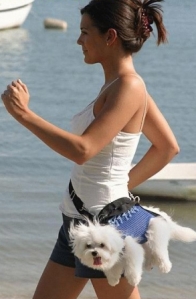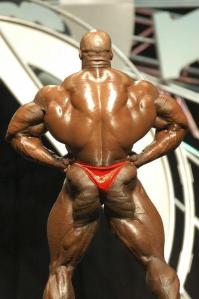Osteoporosis is a condition in which normally dense bone tissue has become less dense,
showing holes and spaces. This happens when the build up of bone is not keeping up
with the breakdown, and the bone’s protein structure and mineral content are lost.
Osteoporosis is estimated to affect more than 25 million people in the U.S. More than 1.3
million fractures annually are attributed to osteoporosis. Contrary to popular wisdom,
lack of calcium is not the only cause of osteoporosis. Additional factors contributing
to poor bone health include but are not limited to: low estrogen levels, poor
absorption of vitamins / minerals and lower secretion of calcitonin (the hormone that prevents calcium from leaving bone) related to aging, endocrine gland disorders involving
the thyroid, parathyroid and adrenal glands, lack of physical activity and bed rest,
malnutrition and high acidity from typical American diet, disease of the liver,
gastrointestinal tract and kidneys, smoking, alcohol, caffeine and lastly pharmacological
drugs. While calcium is important other vitamin and minerals are needed for proper
assimilation and absorption for optimal bone health. These include protein, vitamin C, D
and K, magnesium, boron, zinc, copper silicon, B6 and folic acid.
Interestingly, bone does not fracture due to thinness alone; that is, osteoporosis by itself does
not cause bone fractures. We now know that diminished self repair abilities are also a significant
component. Dr. Melton of the Mayo clinic notes, “Osteoporosis alone may not be sufficient to
produce such (osteoporotic) fracture, since many individuals remain fracture free even
with in the subgroups of lowest bone density.” This is further substantiated by the fact that
older folks in many other cultures, ranging from France and Germany to China and Japan
have lower bone densities than we do yet suffer far fewer osteoporotic fractures. The
new osteoporosis fracture equation is as follows: Thin Osteoporotic Bone + Poor Bone
Self Repair = Osteoporotic Fracture. Susan Brown PhD and Director of the Osteoporosis
Education Project identifies seven key intervention areas: maximize nutrients,
minimize antinutrients, build digestive strength, develop an Alkaline Diet, appropriate
bone building exercise, promote endocrine health and use alternatives to estrogen
therapy. Check out her book “Better Bones, Better Body; Beyond Estrogen and Calcium.”
Get Strong! Stay Strong!
Chris











